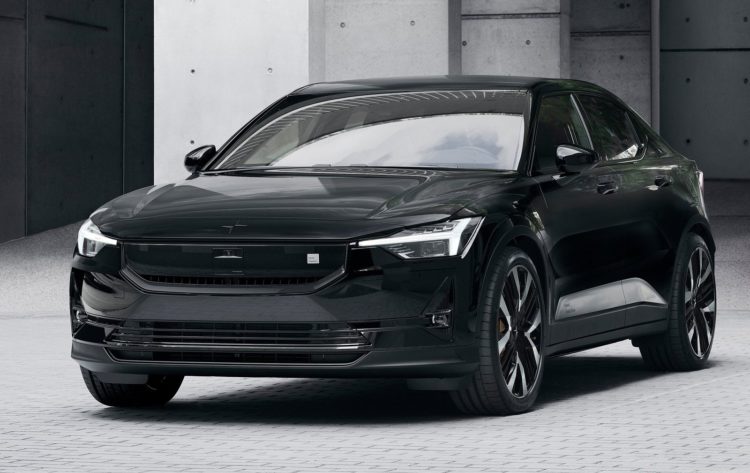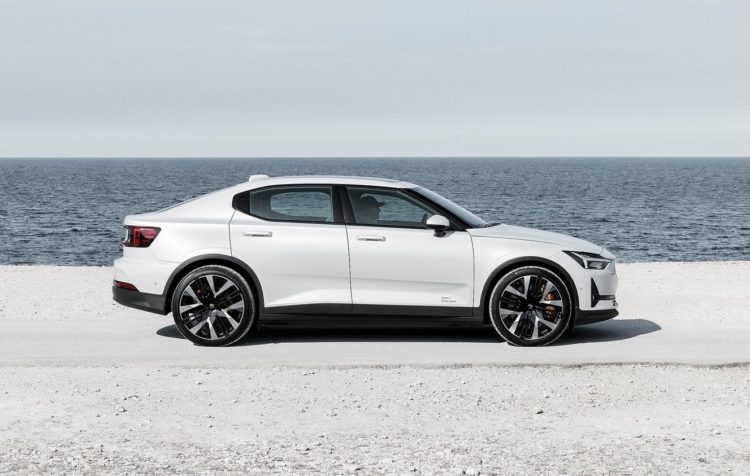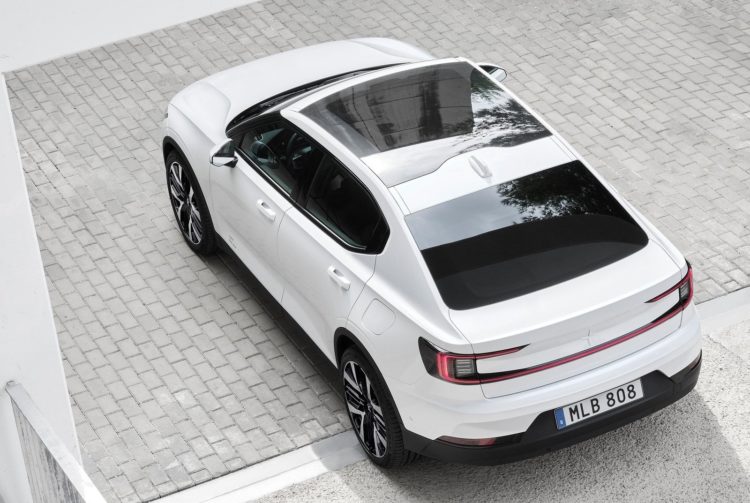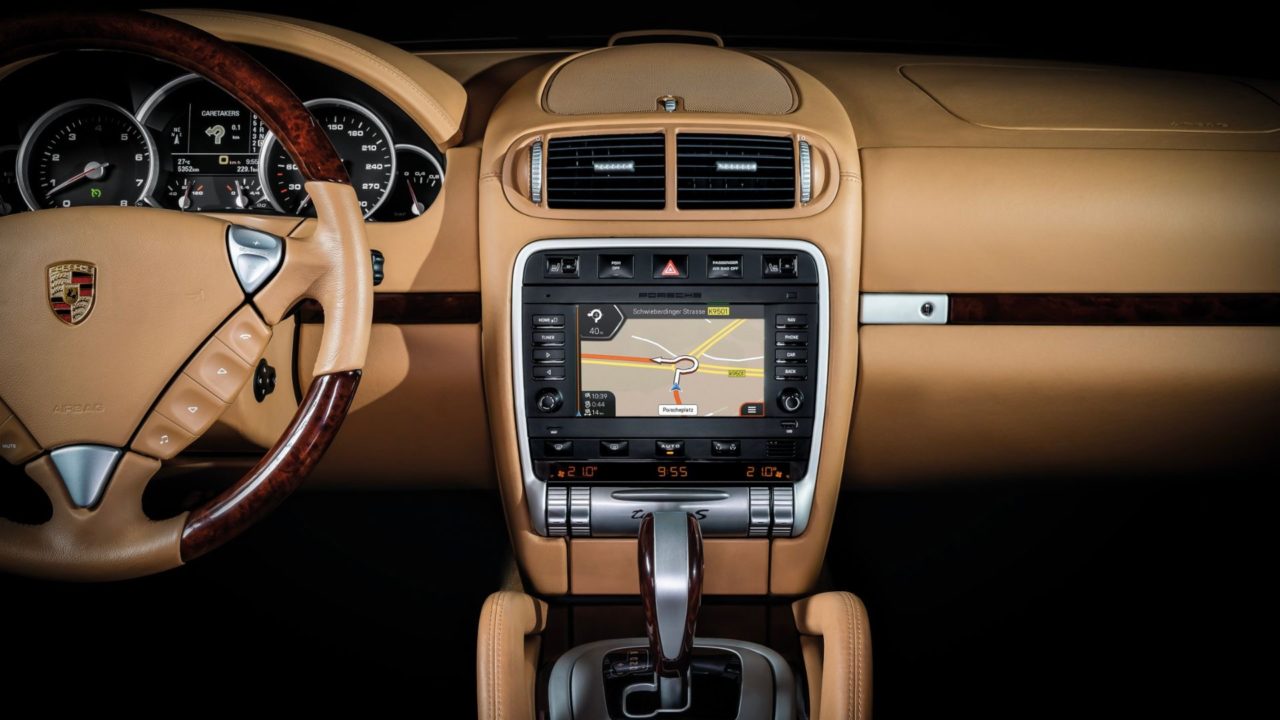Polestar has unveiled its MY2024 Polestar 2 update, with a new look, more safety and charging tech, a new set of motors and added driving range headlining the updates for the Tesla Model 3 rival.
For the 2024 model year, the Polestar 2 has received far more than just a styling upgrade, with the company offering a substantial power upgrade for all variants.
The electric motors and inverters have both been updated, with the single-motor base model now receiving a rear-wheel drive system that has seen power increase from 170kW/330Nm to an impressive 220kW/490Nm. The change has seen the base model’s 0-100km/h time drop by 1.2 seconds to 6.2 seconds.
The dual-motor Polestar 2 has also seen its drivetrain gain a rear-biased tune and a new rear motor, with an added 10kW and 80Nm bringing its combined outputs to 310kW/740Nm. That translates to a 0-100km/h sprint in 4.5 seconds.
Polestar’s optional performance pack, which is available as an over-the-air upgrade, brings power up to 350kW and drops the 0-100km/h time to 4.2 seconds.
Range figures for the entry-level single motor have increased by 40km to a total of 518km, with the long-range single motor variant offering 84km more range, up to 635km on the WLTP test cycle.
The long-range dual-motor Polestar 2 has seen the most significant range increase of 105km for a total of 592km, thanks to a slightly larger 82kWh lithium-ion battery pack, up from the previous 78kWh.
The power upgrade has been joined by some added range figures and faster charging speeds, with the standard battery able to DC charge at 135kW, while the long-range cells can be charged at up to 205kW.
Major equipment upgrades for the MY24 Polestar 2 include the addition of blind-spot monitoring and rear-cross traffic alert to all members of the range – these were previously reserved as optional extras – as well as a surround-view camera, wireless charger and side parking sensors.
Prices and specifications for the MY24 Polestar 2 are set to be confirmed ahead of its Australian arrival, which is set for the third quarter of 2023. A more detailed breakdown of the improvements can be found below.
- Preliminary range information according to WLTP standard. Official range data to be certified later in 2023.




